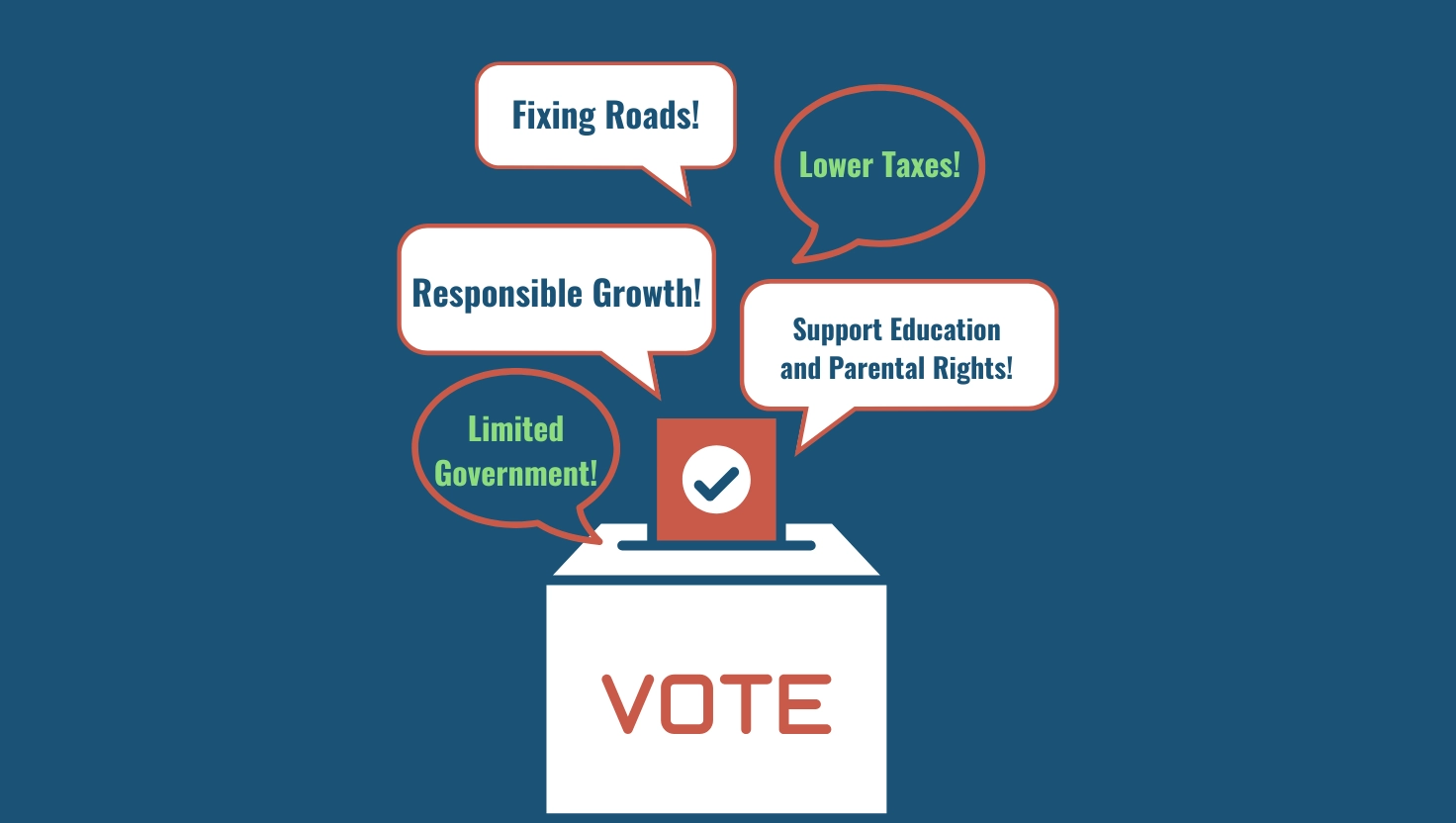Every year, our legislators pass a budget larger than the year before. Then they turn around and call it the most conservative budget in state history. That phrase gets repeated like it is actually true. But what’s conservative about a budget that keeps growing?
Let’s look at what the numbers actually show.
The $15.1 billion general fund approved for Fiscal Year 2025 is the largest general fund (GF) budget in South Carolina history. Repeat: IT IS THE LARGEST GF IN SC HISTORY! That’s clearly not conservative. The growth seems to be the new normal.
Next up.
The state’s overall fiscal footprint grew 19.8% from FY 2021-22 to FY 2025-26
Source: General Fund figures from the General Appropriations Bills (FY 2021–2026).
Again, HOW is a growing state budget conservative?
Conservative means to preserve, restrain, or limit. It reflects a mindset of caution, fiscal discipline, and minimizing government expansion.
In budget terms, a conservative budget should:
Limit spending to what is necessary
Avoid debt and excess growth
Preserve taxpayer dollars
Control or reduce the size of government
Webster’s 1828 Dictionary defines conserve as:
“To keep in a safe or sound state; to preserve from loss, decay, waste, or injury; to defend from violation.”
That’s the root of conservatism. To guard against waste and restrain power.
So if a budget grows by billions each year, increases spending per person faster than population or income, and locks in that growth year after year, it is hard to call it conservative unless the principle has lost all meaning.
If that’s the standard, what’s the justification for doing the opposite?
Here is an overused excuse: The budget needs to expand because the population has increased. More people mean more pressure on services, they say, so more money is needed for roads, schools, healthcare, and law enforcement. That explanation gets passed off as simple math. But is it really?
Let’s look at the numbers again.
Based on the U.S. Census Bureau midyear estimates, South Carolina’s population grew approximately 5.48% from 2021 to 2024. If that trend holds, total growth by FY 2025–26 would land around 6.6%.

If population grew 6.6% but overall spending jumped nearly 20%, then population isn’t the reason. The increase isn’t proportional.
And what are we spending so much more on and why?
More government programs
Inefficiency is baked into the system
One-time windfalls locked into recurring expenses
Wasteful spending
Earmarks and buried earmarks
The more complicated the budget, the easier it is to bury spending increases.
By the way, our legislators proclaim no earmarks in this budget this year. Is that true? Highly doubtful. Earmarks can be tucked into budget provisos or sent through universities, counties, or state agencies that act as middlemen. That is how local festivals, nonprofits, and special-interest projects still get funded even when legislators claim “no earmarks.”
Now, if we’re supposed to buy the “more services” chant, sure, let’s go with that. Yes, population growth brings more needs. But why does government have to be involved in meeting every single one of them? Why not let the free market step in? Why not allow communities, businesses, churches, nonprofits, and the private sector to do what government rarely does well: innovate, compete, and deliver efficiently?
That is where common sense kicks in. More people moving to our state does not automatically mean government has to do more.
Our legislators insist on pouring billions of dollars each year into Medicaid. When the government stepped in to handle healthcare coverage, it created a bloated, low-quality system and ingrained dependency. Providers get squeezed, private premiums go up, and patients often get subpar care.
Public education is another example. About 40% of the state budget goes to education, yet South Carolina ranks near the bottom nationally. We spend nearly $18,000 per student, and now we are adding government-run school choice programs on top of it, which will mean even more spending.
And yet, we keep defending spending more money on funding failure.
If a private service cost this much and delivered this little, no one would keep paying for it. People would abandon it and seek better options. That same logic applies to our state budget. What value do we truly gain from all this spending?
Pay close attention to this.
If you are a hardcore conservative, you need to understand that a budget that keeps growing is not a conservative budget. Growth in spending is proof that fiscal restraint is gone.
A true conservative budget should:
Restrain spending rather than maximizing it
Keep the baseline flat unless absolutely necessary
Any increases are temporary, targeted, and clearly justified
Programs are sunset, rather than stacked year after year
Excess revenue is returned to taxpayers
Growth in government spending never outpaces population or income growth
Government steps back and lets the free market deliver
Nothing will change until we are willing to question the default assumption that spending more aligns with conservative principles and that the government must keep doing more.
Government spending increases clearly mean government is growing, which is not conservative.
Disclaimer: The views expressed in this article are those of the author and do not constitute legal or professional advice. ConservaTruth assumes no liability for any actions taken based on this content. Read more.

Subscribe to ConservaTruth's Email Newsletter for curated insights on South Carolina's legislative activities and conservative viewpoints, delivered straight to your inbox! With vetted and easy-to-understand information, our newsletter empowers you to become an informed and engaged citizen, actively participating in safeguarding our cherished Constitutional values. Don’t miss out on crucial updates—join our community of informed conservatives today.





Comments